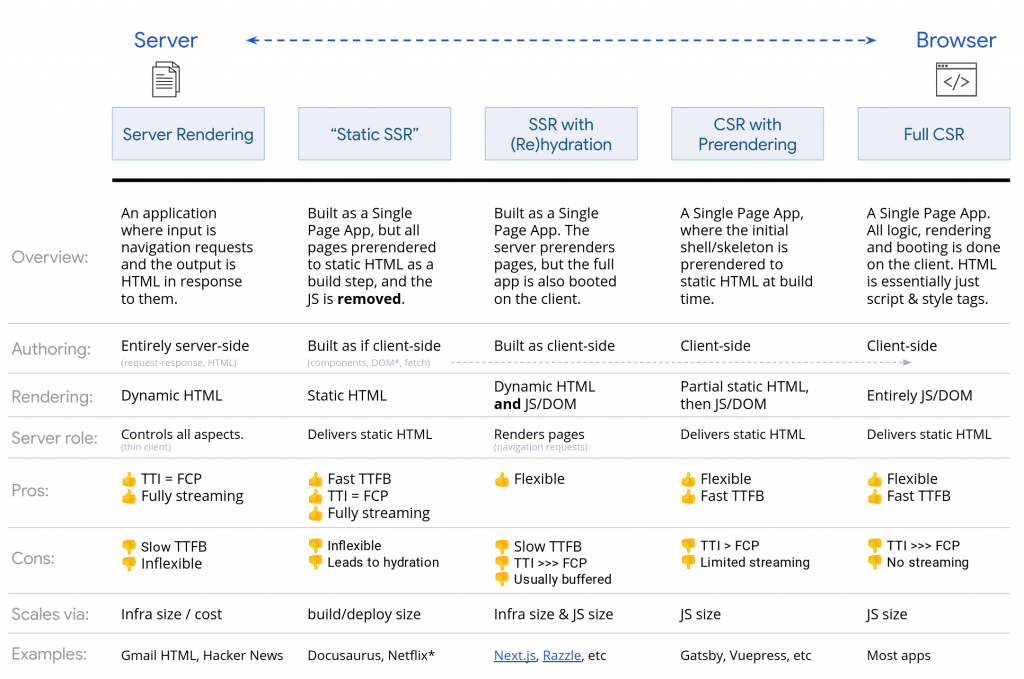Ever asked yourself what you’re after eventually? Are you working being “involved” or “committed”? Are you a mercenary or a missionary? What’s your leadership style and where does it make a difference. All these questions were picked up by John Doerr (Kleiner Perkins Caufield & Byers) in April 2000 and put in relation.
A great article to read: http://knowledge.wharton.upenn.edu/article/mercenaries-vs-missionaries-john-doerr-sees-two-kinds-of-internet-entrepreneurs/
In Doerr’s view there’s a fundamental difference between mediocre organizations and real value driving – great – ventures. He mentioned five dimensions to look at:
- led by missionaries, not mercenaries
- top-notch, passionate leadership
- operation in large, rapidly growing and under-served markets
- reasonable financed
- working with sense of urgency
Especially the missionaries vs. mercenaries caught my attention. Marty Cagan from Silicon Valley Product Group wrote about the importance of people’s attitude in product development with a reference to missionaries vs. mercenaries (https://svpg.com/missionaries-vs-mercenaries/).
How does Doerr characterize the two M’s?
| mercenary | missionary | |
| driven by | paranoia | passion |
| thinking | opportunistically | strategically |
| going for | the sprint | the marathon |
| focus on | their competitors and financial statements | their customers and value statements |
| are | bosses of wolf packs | mentors or coaches of teams |
| worry | about entitlements | about making a contribution |
| motivation | lust for making money | desire to make a meaning |
Where are you? And more important – where do you want to be?
Understanding the difference is equally important for leaders in organizations as for leaders in technology or product development.


